BeQuiet! Pure Wings 3 (BL108) in detail
The long break is over, back to fans. BeQuiet! recently updated its entry-level line – Pure Wings – and at least the slower 140-millimeter models have to be on your radar. The Pure Wings 3 fans in the BL108 variant represent an extremely efficient low-cost option for some situations, while not suffering from the common shortcomings of their price class. What’s quiet here is not only the aerodynamic component, but also the motor one.
From cases where they made their debut, Pure Wings 3 fans have also made their way to individual sales. While these aren’t outright cheap fans, as long as you set a certain quality “standard” within which you want to avoid, for example, a noisy motor, high minimum speeds, or aggressive tonal peaks, you won’t find many cheaper 140mm fans. But Endorfy Fluctus, for example, sells for similar money, and there’s a reasonable tendency to compare the BeQuiet! Pure Wings 3 fans to them.
As with other BeQuiet! model lines, Pure Wings 3 fans come in two variants with different impellers. The high-speed BL109 model has nine blades and the slower ones (BL107 and BL108) „only“ seven. On the one hand, there is the smaller number of blades, but they are (compared to the blades of the high-speed Pure Wings 3) wider in the part closer to the hub, and the shape of the curvature of the trailing edges is also designed with a view to a more uniform aerodynamic load across the entire impeller.
The impeller geometry is comparable to Light Wings fans, except that the Pure Wings 3 impeller footprint is roughly 17% larger. The size of the hub is the same, which means that the PW3s have longer blades. Their span is about 133 mm (instead of 123 mm for Light Wings). And why is this so? Light Wings fans have an ARGB light-conducting ring that edges around the impeller, which is the space that Pure Wings 3 fans use for larger blades. In practice, this means that while the PW3s are cheaper, they have the makings of achieving higher airflow at the same speed, while at the same time making less noise. For the latter parameter, noise, it still depends to what extent the higher flexibility of the longer blades will be reflected in the results.
The blades are 2 mm thick in the wider areas, so they are not super thin, but not thick either. The surface is grooved on both sides, which is characteristic of BeQuiet!. This can be useful from two perspectives. The channels running in the direction of airflow at the intake reduce unwanted microturbulence and, at the same time, because of the higher friction, also suppress the effect of centrifugal force on the sliding of air streams towards the blade tips.
The gaps between the blades are relatively large, so lower static pressure is to be expected. Compared to the high-speed PW3 variants, this is also indicated by the specifications.While the maximum airflow is only some 20% lower, the static pressure reported by BeQuiet! is less than half.
Thus, the low-rpm Pure Wings are shaping up to be a more sensible option for lower resistance obstacle applications. But that doesn’t automatically mean they would be unsuitable for, for example, radiators, although BeQuiet! doesn’t use them on Pure Loop 2 liquid AIO coolers. Relatively lower static pressure does not translate into practice as dramatically as it appears from comparing a significantly higher with a lower value. It is important to remember that these are overshot due to the overwhelming resistance (static pressure is measured at zero airflow) of the environment and the impact of static pressure on airflow drop will always be significantly lower in practice.
In addition to the tested variant of the 140 mm fan with PWM control (BL108), there is also a “DC” model (BL107), which allows to change the speed only by adjusting the linear voltage. It’s perhaps a bit of a shame that the Pure Wings 3 fans don’t have anti-vibration pads. They would dampen the vibrations which are generated especially at maximum speed, and are a source of secondary noise (typically from case vibration). But they had to cut costs on something in order to get to the lower end price.
And one more thing: To navigate through the result graphs as easily as possible, you can sort the bars according to different criteria (via the button on the bottom left). By (non)presence of lighting, profile thickness, brand, bearings, price or value (with the option to change the sorting to descending or ascending). In the default settings, there is a preset “format” criterion that separates 120mm fans from 140mm fans.
- Contents
- BeQuiet! Pure Wings 3 (BL108) in detail
- Overview of manufacturer specifications
- Basis of the methodology, the wind tunnel
- Mounting and vibration measurement
- Initial warm-up and speed recording
- Base 6 equal noise levels…
- ... and sound color (frequency characteristic)
- Static pressure measurement…
- … and airflow
- Everything changes with obstacles
- How we measure power draw and motor power
- Measuring the intensity (and power draw) of lighting
- Results: Speed
- Results: Airlow w/o obstacles
- Results: Airflow through a nylon filter
- Results: Airflow through a plastic filter
- Results: Airflow through a hexagonal grille
- Results: Airflow through a thinner radiator
- Results: Airflow through a thicker radiator
- Results: Static pressure w/o obstacles
- Results: Static pressure through a nylon filter
- Results: Static pressure through a plastic filter
- Results: Static pressure through a hexagonal grille
- Results: Static pressure through a thinner radiator
- Results: Static pressure through a thicker radiator
- Results: Static pressure, efficiency by orientation
- Reality vs. specifications
- Results: Frequency response of sound w/o obstacles
- Results: Frequency response of sound with a dust filter
- Results: Frequency response of sound with a hexagonal grill
- Results: Frequency response of sound with a radiator
- Results: Vibration, in total (3D vector length)
- Results: Vibration, X-axis
- Results: Vibration, Y-axis
- Results: Vibration, Z-axis
- Results: Power draw (and motor power)
- Results: Cooling performance per watt, airflow
- Results: Cooling performance per watt, static pressure
- Airflow per euro
- Static pressure per euro
- Results: Lighting – LED luminance and power draw
- Results: LED to motor power draw ratio
- Evaluation





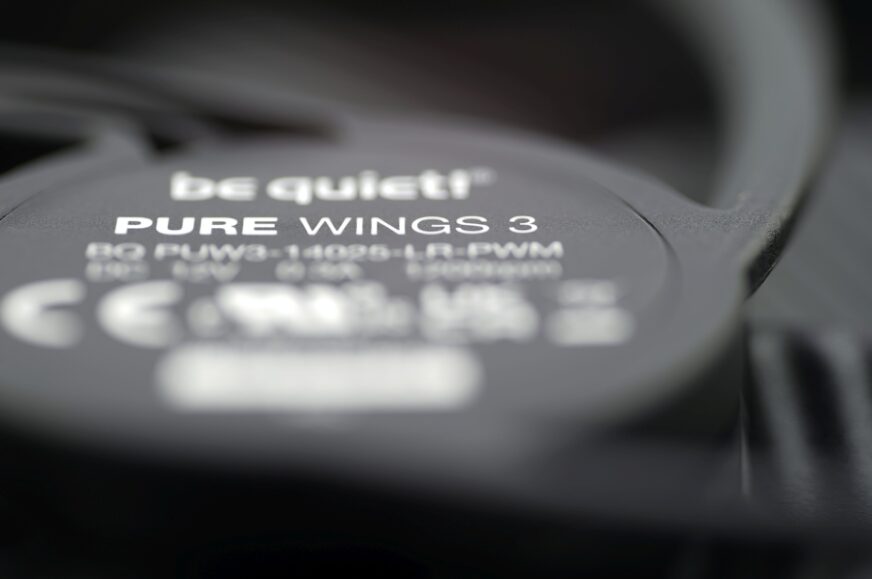
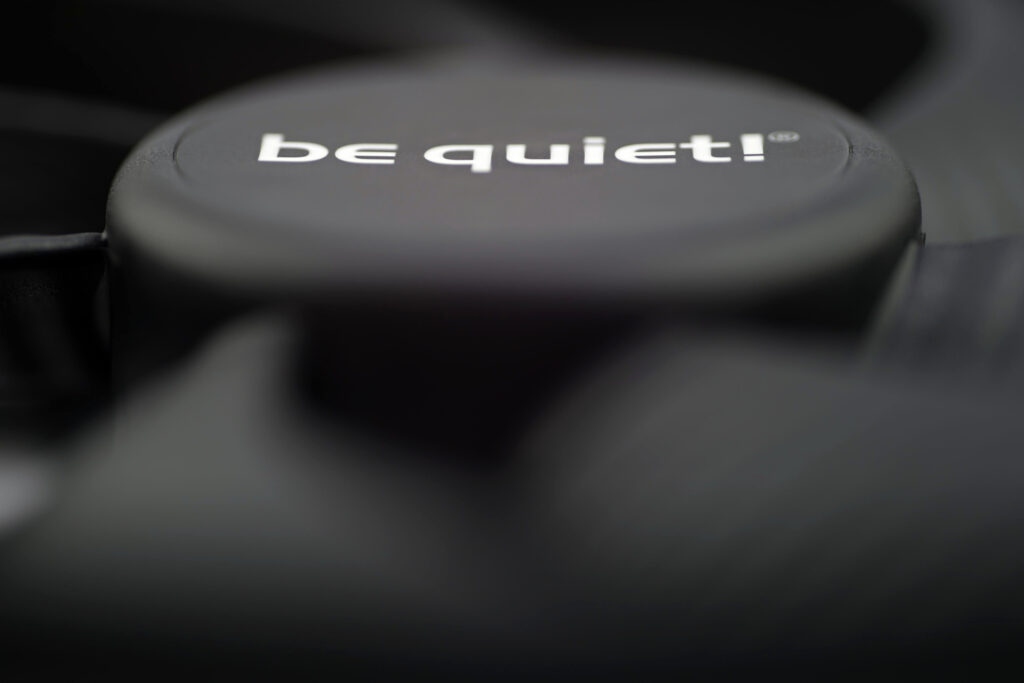
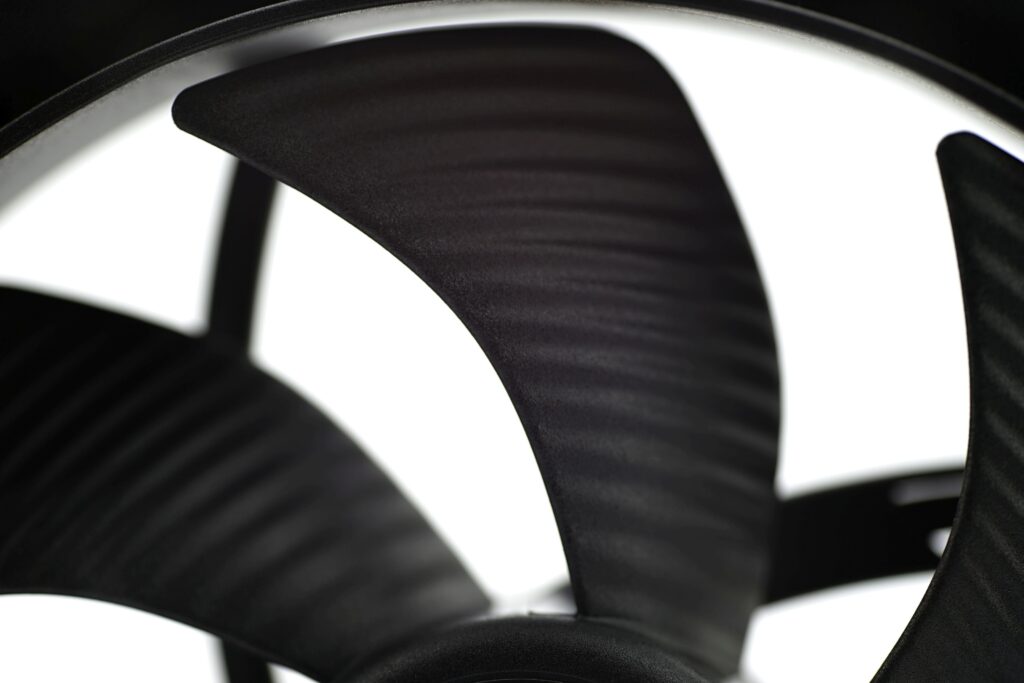
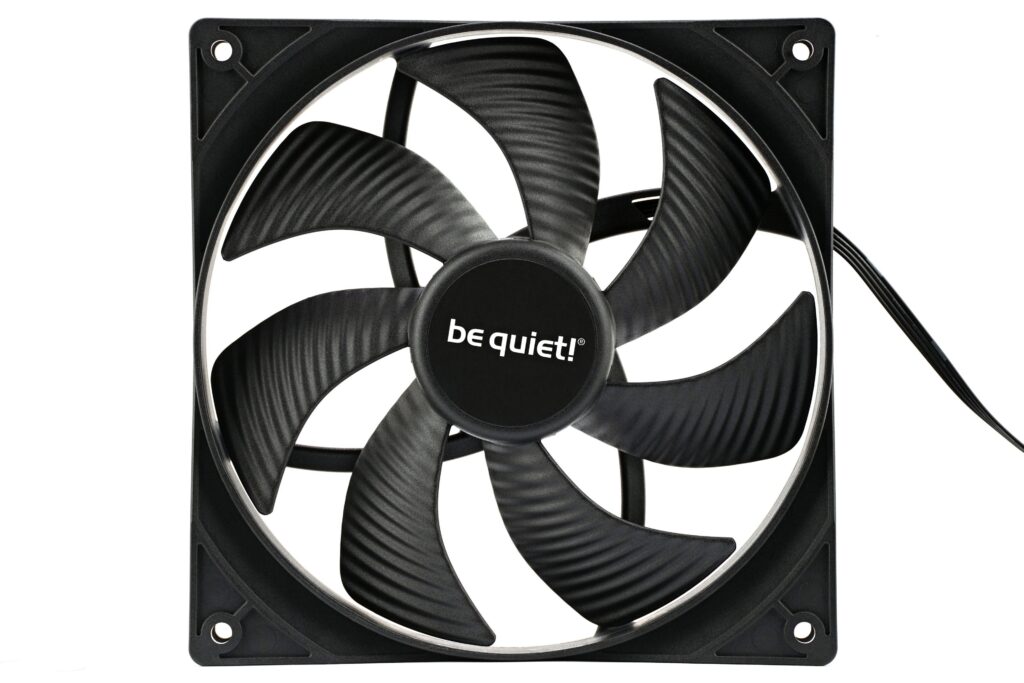
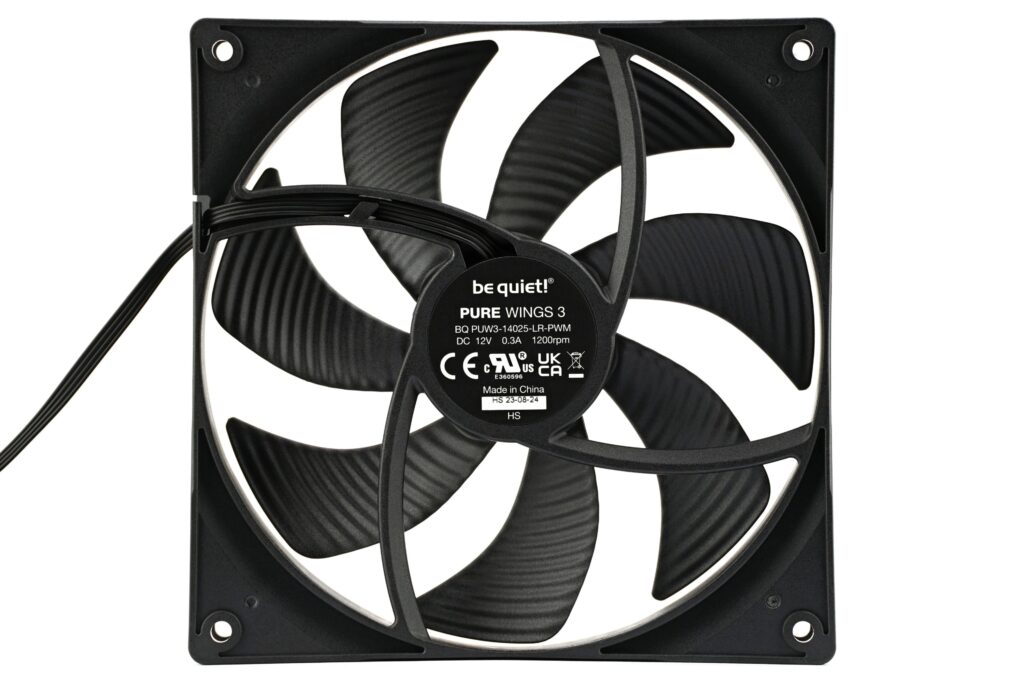
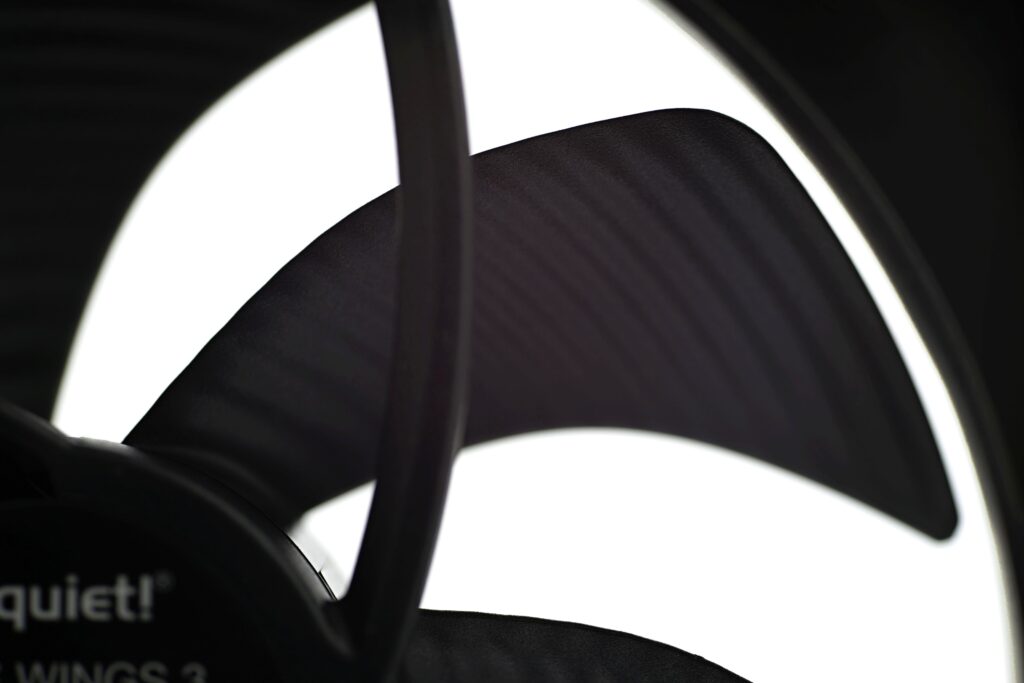
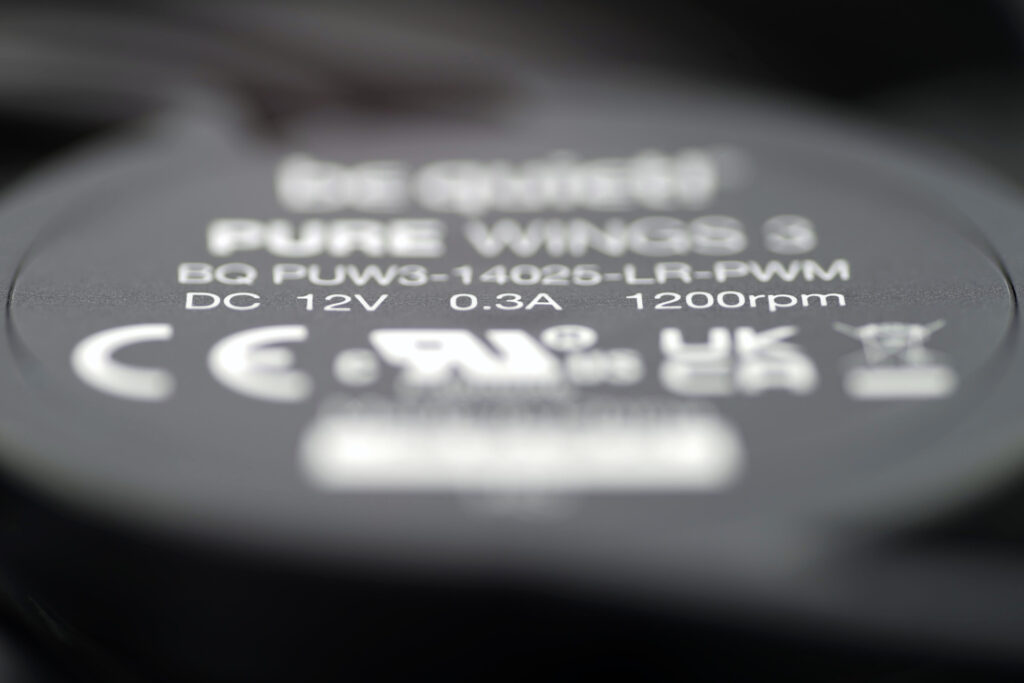
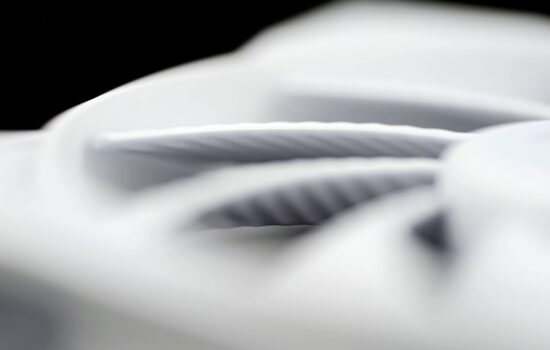
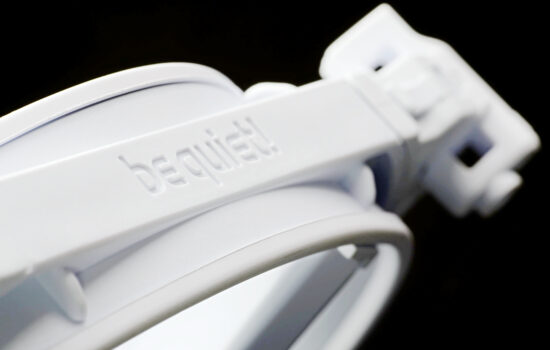




Yay, I have been starving for HWcooling fan reviews for a while now.
The links are broken in the last page. It’s spelled bl-108 in the last page but the url of the article itself is spelled bl108.
Fixed. Thanks! 🙂
Thanks for that enormous quantity of information, now, being compared the Pure Wings 2 140mm vs Pure Wings 3 140mm which would be best ? and it would be reasonable to replace PW2 with PW3 ?
We have not tested the older Pure Wings (2) fan in 140 mm format. Some correlations and better estimates can be made after the results of the 120 mm PW3 are completed (there will be a comparison with the 120 mm PW2). Although, of course, it will not be completely accurate. With the size of the blades the character of the noise and the colour of the sound changes. And also across formats it is not just a matter of making the impeller in the 1.00:1.16 scale ratio.
Well, the results of the 140-millimeter Pure Wings 2 might be added eventually, but it’s not a big priority.